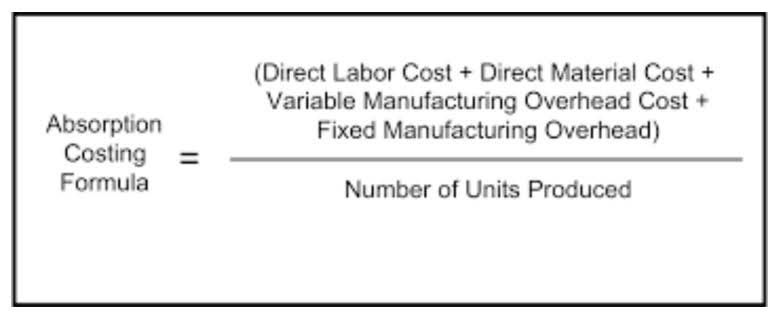The Matching Principle in Accounting What You Need to Know

Following the matching principle matches expenses to related revenues each month. In this post, we’ll break down what the matching principle is, walk through real examples, and show you exactly how to apply it for accurate financial reporting. However, the matching principle matches expenses with the revenue they helped generate, as opposed to being recorded in the period the actual cash outflow was incurred. The GAAP disclosure principle implies that information needed by anyone assessing the organization’s financial standing be included in the reporting of the organization’s financial status. For example, Alexia LTD plans to buy a plot of land for $750,000 in 2023 to use as a manufacturing factory site.
- In other words, it’s always important to read the fine print, even — or maybe especially — in your financial statements.
- Many expenses are recorded when incurred but must be properly matched with revenues.
- Under cash basis accounting, that revenue would not be recorded until January when the cash is received.
- It is a key reason why accrual accounting is encouraged under accounting frameworks like GAAP and IFRS.
- The first column indicates GAAP earnings, the middle two note non-GAAP adjustments, and the final column shows the non-GAAP totals.
- In cash basis accounting, revenue is recognized when the money is received in the business’s bank account, irrespective of when the goods or services were sold.
With costs and revenues matched accurately, financial statements better reflect the company’s real financial performance. This helps managers make more informed, effective business decisions based on a truthful picture of profit and loss. The matching principle is an important concept in accounting that requires expenses to be recorded in the same period as the related revenue.
Challenges with the Matching Principle
One important result of the matching principle is the concept of depreciation. When you have fixed assets or durable equipment that you will use for more than one year, you will break up the cost of that asset over its expected life. One of the benefits of using the matching principle is financial statement consistency. If revenues and expenses are not recorded properly, both your balance sheet and your income statement will be inaccurate. The information in these financial statements help lenders, investors and others evaluate a company or organization. Critics of principles-based accounting systems say they can give companies far too much freedom and do not prescribe transparency.

For example, if a company makes a sale in December but does not collect payment until January, the revenue is still recorded in December under the matching principle. Accrued expenses is a liability with an uncertain timing or amount, but where the uncertainty is not significant enough to qualify it as a provision. An example is an obligation to pay for goods or services received from a counterpart, while cash for gaap matching principle them is to be paid out in a later accounting period when its amount is deducted from accrued expenses. Prepaid expenses are not recognised as expenses but as assets until one of the qualifying conditions is met, resulting in a recognition as expenses. If no connection with revenues can be established, costs are recognised immediately as expenses (e.g., general administrative and research and development costs).
Generally Accepted Accounting Principles (GAAP)
You should only deduct the amount of expenses in a period that correspond to the revenue earned during that period. In light of the fact that $100,000 worth of inventory will be sold next period, they shouldn’t be deducted from revenue for the current period. In order to adhere to this principle, debit and credit accounts must be balanced, meaning expenses must equal income during any given period. A retailer’s or a manufacturer’s cost of goods sold is another example of an expense that is matched with sales through a cause and effect relationship.
Note that in some instances, they may also be called the four principles, but they are different from the more specific ten principles above. Accounting principles differ around the world, meaning that it’s not always easy to compare the financial statements of companies from different countries. Depreciation allows a company to recognize that this purchase is an expense; the asset will wear up over its useful life and will need to be replaced. Since the asset will be generating additional revenue during its useful life, the company should take the cost of the asset and spread this over the useful life to match the revenue it has generated. Being a part of GAAP – Generally Accepted Accounting Principles, the matching principle determines the causal relationship between spending and earnings. Expenses incurred for business operations (business expenses) must be accounted for in the same period as revenue derived from those operations.
Matching Principle Example
For example, in 2014, the FASB and the IASB jointly announced new revenue recognition standards. Accrual accounting highlights the fact that some cash payments for goods or services may never be received from a consumer. For example, a business spends $20 million on a new location with the expectation that it lasts for 10 years.
- GAAP assists small business owners and accounting professionals in tracking a company’s finances.
- Smaller enterprises may choose to use cash accounting as their accounts are not used externally or by third parties.
- The goal of GAAP is to ensure that financial reporting is transparent and consistent across public organizations and accounting periods.
- Revenues and expenses are matched on the income statement for a period of time (e.g., a year, quarter, or month).
With businesses across the globe relying on this concept, they must also figure out a way to report and record it. In other words, they need to apply the matching principle of accounting, which says that to generate revenue, businesses have to incur expenses. Many expenses are recorded when incurred but must be properly matched with revenues. Adjusting entries reallocate these expenses to the period in which the related revenue is recognized. Accurately matching revenues and expenses to the correct period is important for getting a true picture of financial performance.

